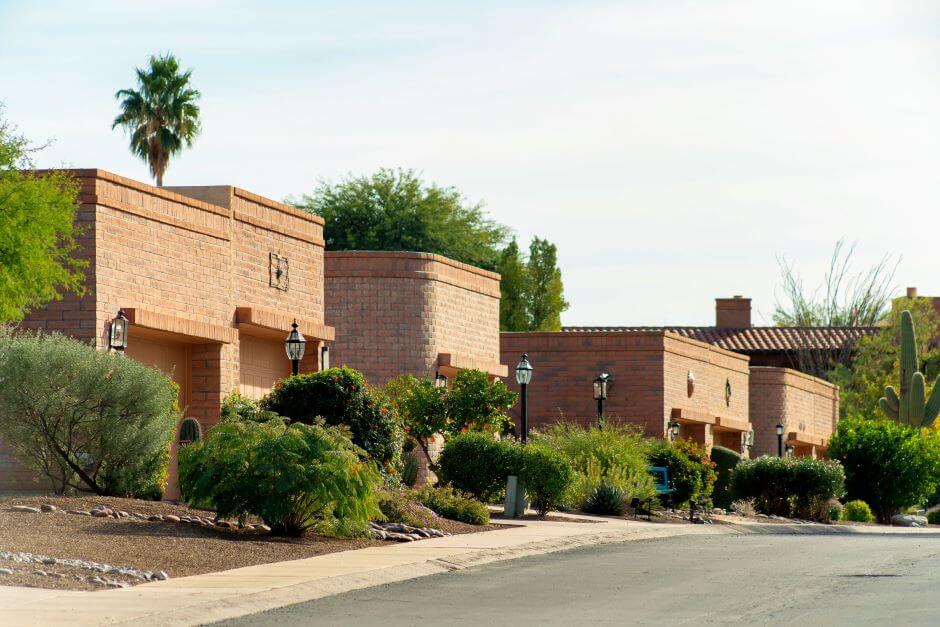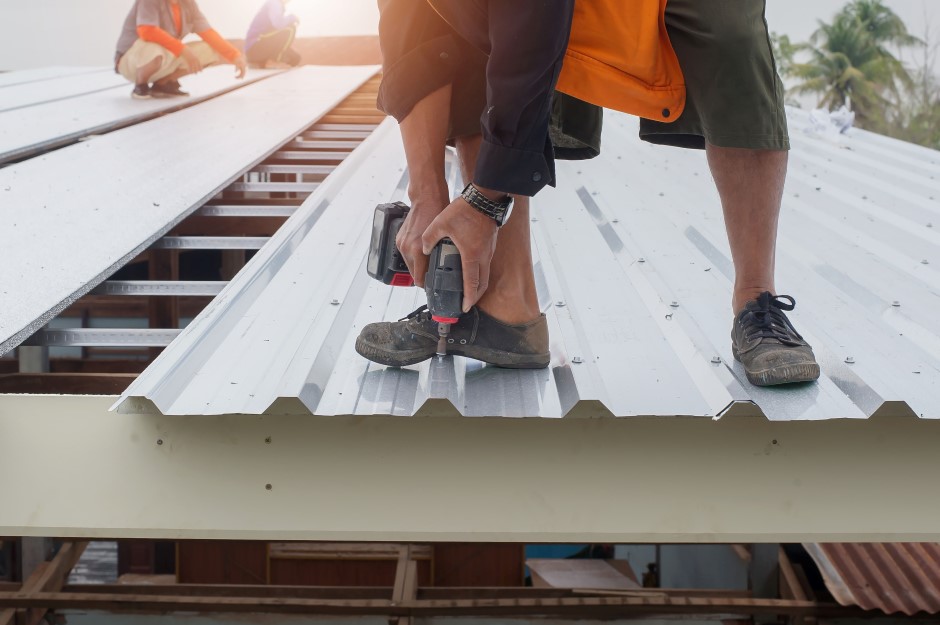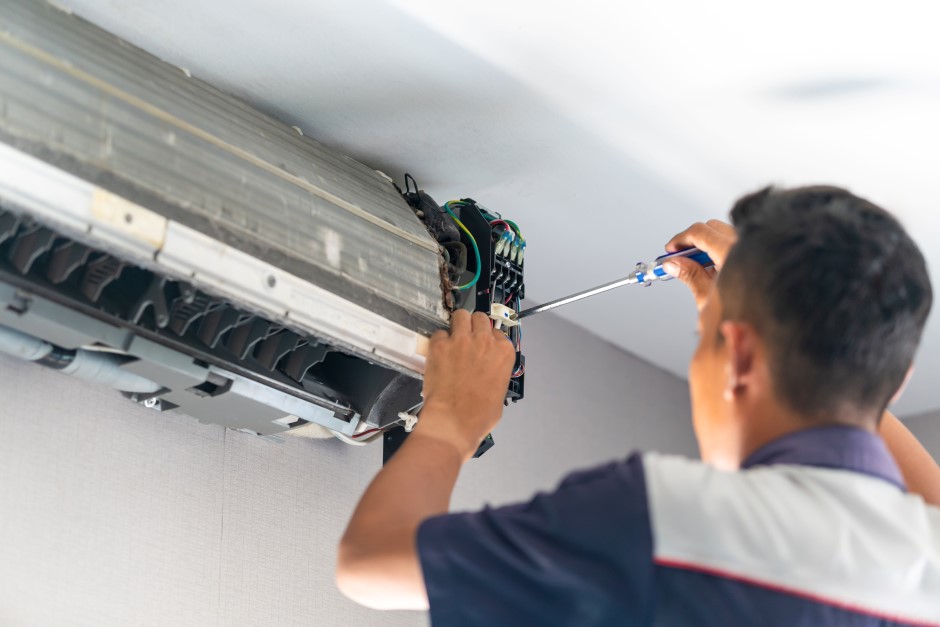
Roofing is not one of those construction topics that catch people’s attention. It is only one more step when building or remodeling a house. However, when it does start attracting attention, it is usually not the good kind and can bring you a huge headache.
Roof pitch and low-slope roof materials are unfamiliar subjects to most people. But all of us have already noticed that some houses have roofing styles that can barely be seen from the street level. These are low-slope roofs: stylish and unique.
Well, one thing you need to know before building is: if they are not properly built, water damage will be very likely to cause problems. This guide compiles information regarding low-slope roofing and will help you through your choices, preventing any unnecessary trouble.
What Is a Low-Slope Roof?

Let us start with the basics: the pitch or slope of a roof is simply its angle. Therefore, a low-slope roof is the kind of roof with very little pitch or even without any steepness.
Usually, a roof is considered to be low-sloped when its pitch is below 3:12. That means three vertical units for every twelve horizontal units. Also, there are still the flat roofs, which have even lower pitch and are fairly common in commercial buildings and some house styles.
Low-slope roof is more common in places with little rain as it is more prone to water damage. That is why choosing the correct material and contractor will guarantee that you have a protected home and won't have to deal with leaks.
Best Roofing Material for a Low-Pitch Roof

Well, there are different low-pitch roof options for you to choose from. These are the five most common and beneficial. Take a look at their pros and cons below.
- PVC (Polyvinyl Chloride): a fairly common material used for roofing that has durability and strength as advantages. It is also resistant to chemicals and fire, and keeps rooms cool as it reflects heat. The cons are the cost and potential environmental impact.
- TPO (Thermoplastic Olefin): similar to PVC, this second single-ply material is even more weather resistant and has a less expensive cost and installation.
- EPDM (Ethylene Propylene Diene Terpolymer): this rubber material is flexible and resists through the most severe weather conditions as well. It is also more affordable than the other options. The downside is its difficult repair conditions.
- Modified Bitumen: also cheap, this alternative is considerably less long-lasting than the other materials, needing to be replaced more often. It offers the advantage of having different colors available, making it possible for you to match the color you prefer.
- Built-up roofing (BUR): this has been a successful option for more than a century as it is made of a combination of layers of compressed materials. Also resistant to strong weather – even hail. The disadvantage lies in its complex installation and maintenance.
Overall, every different low-slope roof option has its advantages and disadvantages. You will have to weigh them with your needs to check which option is the most suitable.
In any case, more information about the best low-slope roofing materials and a service that will guarantee proper installation are available on our roofing contractors page. Do not hesitate to call them up!






